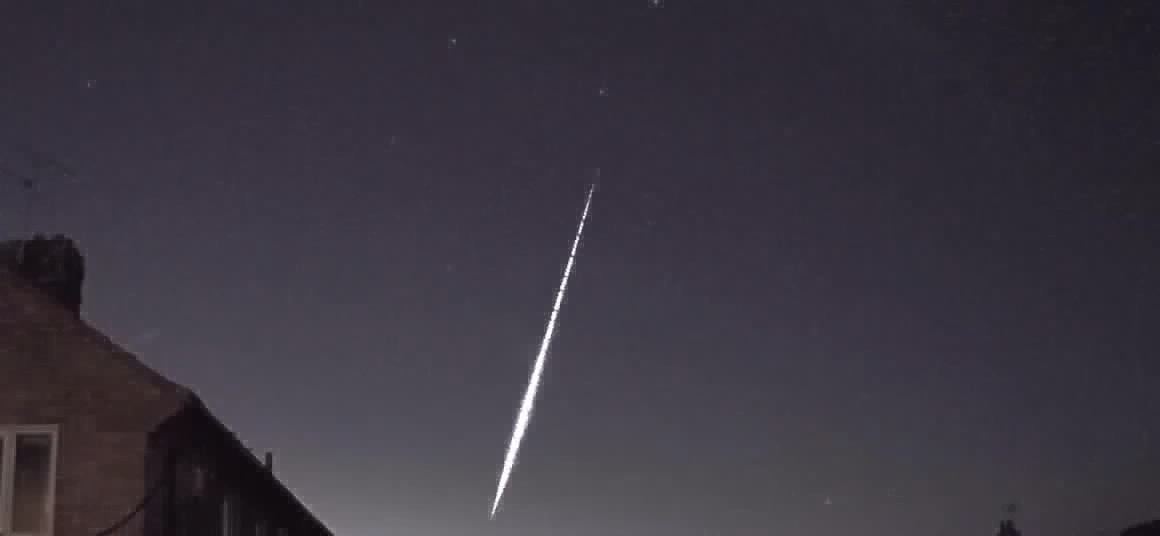
Meteor Activity Outlook for November 29 – December 5, 2025
Jamie McBean captured this brilliant fireball at 20:20 BST (19:20 UT) on September 14, 2025, from Heme Bay, England. ©Jamie…

Jamie McBean captured this brilliant fireball at 20:20 BST (19:20 UT) on September 14, 2025, from Heme Bay, England. ©Jamie…

Bertalan Kecskés captured this colorful fireball alongside the Milky Way on August 12, 2024, at 23:14 CEST (21:14 UT )…

Dan Bush captured this multi-bursting fireball just above his southern horizon on September 7, 2024, at 2142 CDT (02:42 UT…

David Wegmann captured this brilliant sporadic fireball while trying to capture Perseids on August 14, 2024, at 02:14 CEST (00:14…

Tino Neubauer captured this short, but bright fireball through the clouds over Halle (Saale) Sachsen-Anhalton, Germany, on May 30, 2024, at…
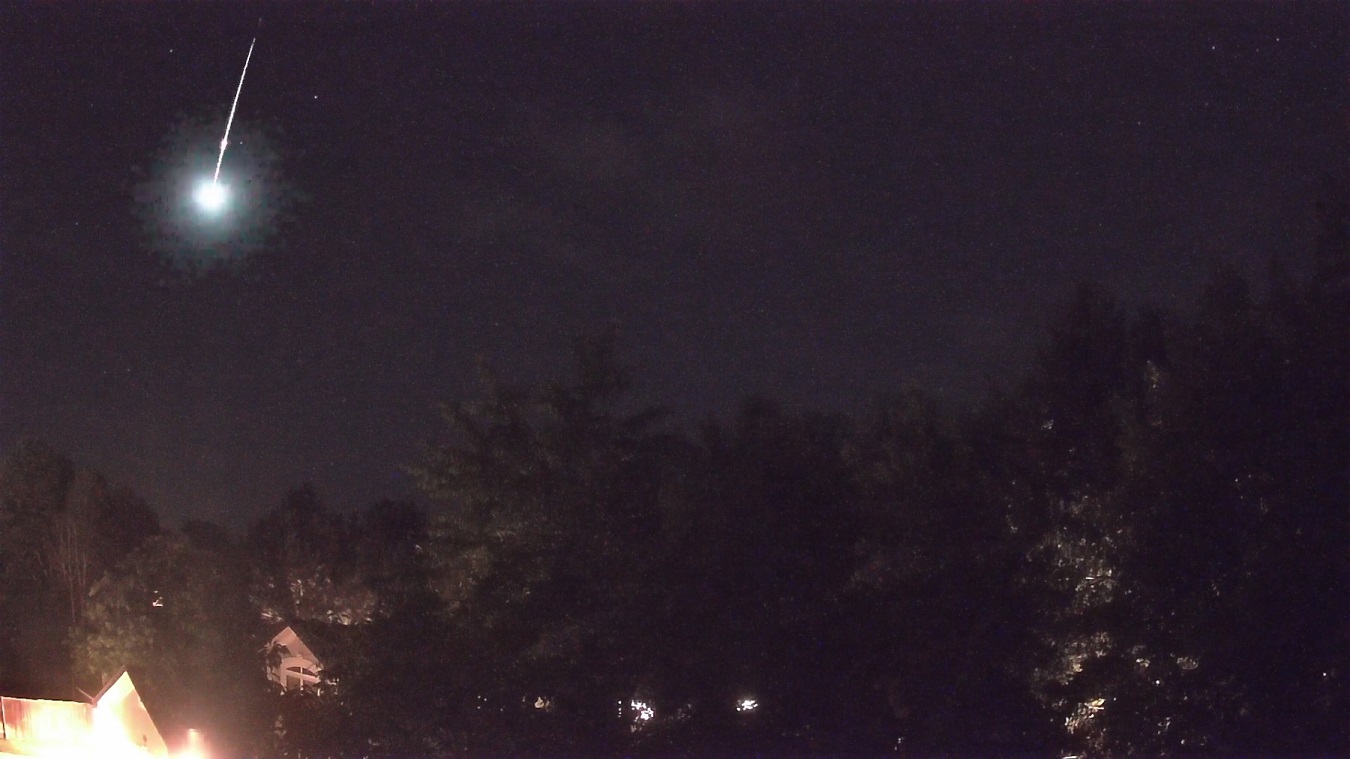
Jordan Ragsdale captured this multi-bursting fireball using his AllSky Camera System on July 24, 2023, at 23:50 MDT (05:50 UT…
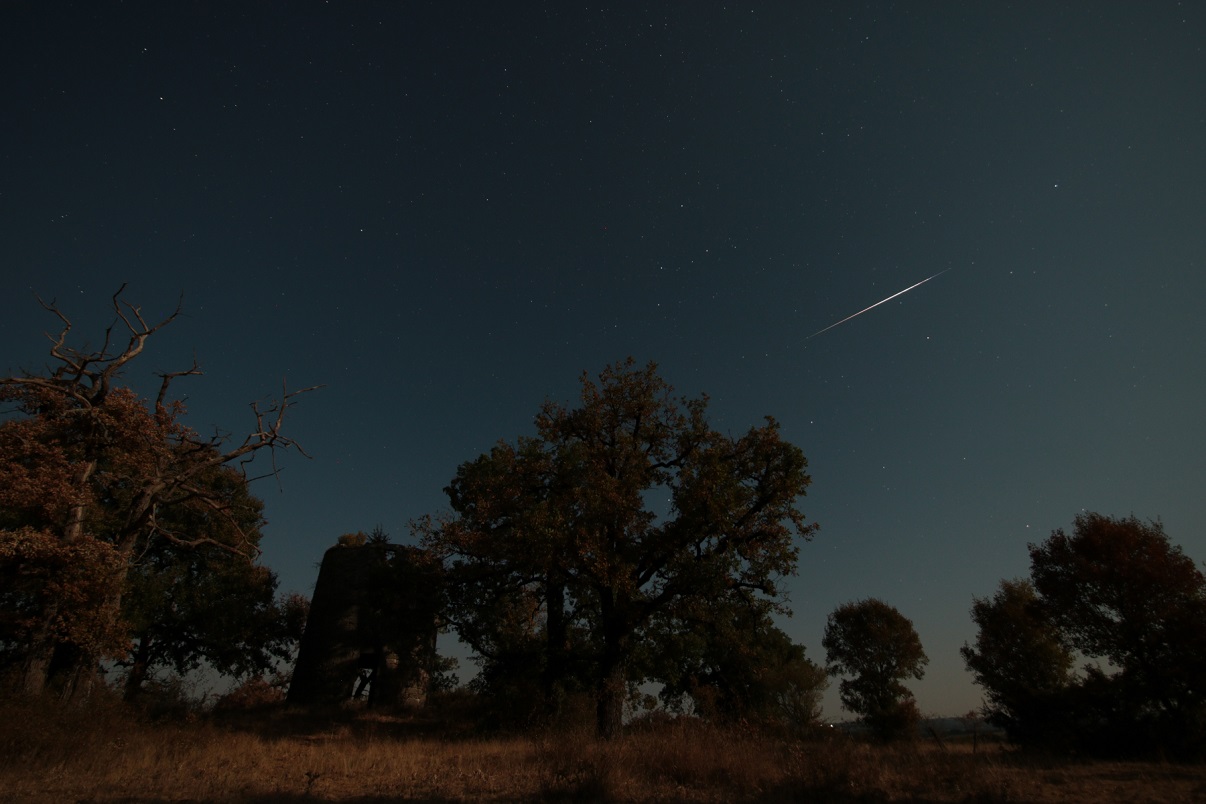
Marie Helene Cousin captured this Perseid fireball at 0:33 CEST on August 13, 2022 (22:33 UT on August 12), from…
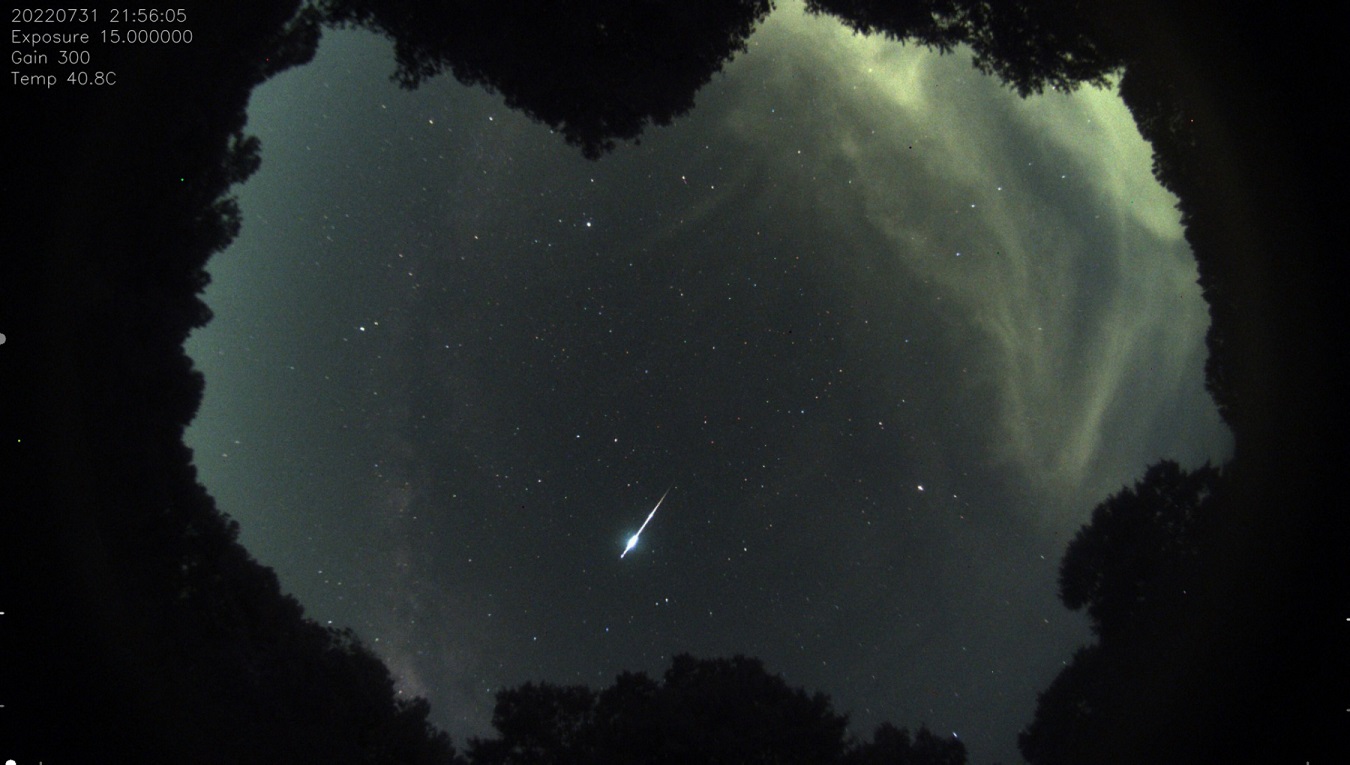
Aaron Morris captured this bursting sporadic fireball at 01:56 UT on August 1, 2022 (21:56 EDT July 31), from Griffin,…
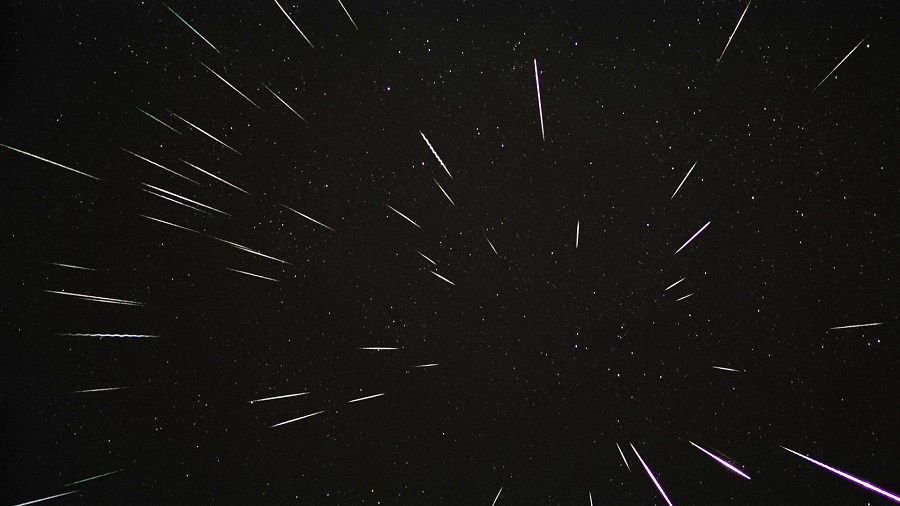
This composite photograph was created from the 2020 Geminid shower by Peter Slansky. We hope that the meteor showers of…
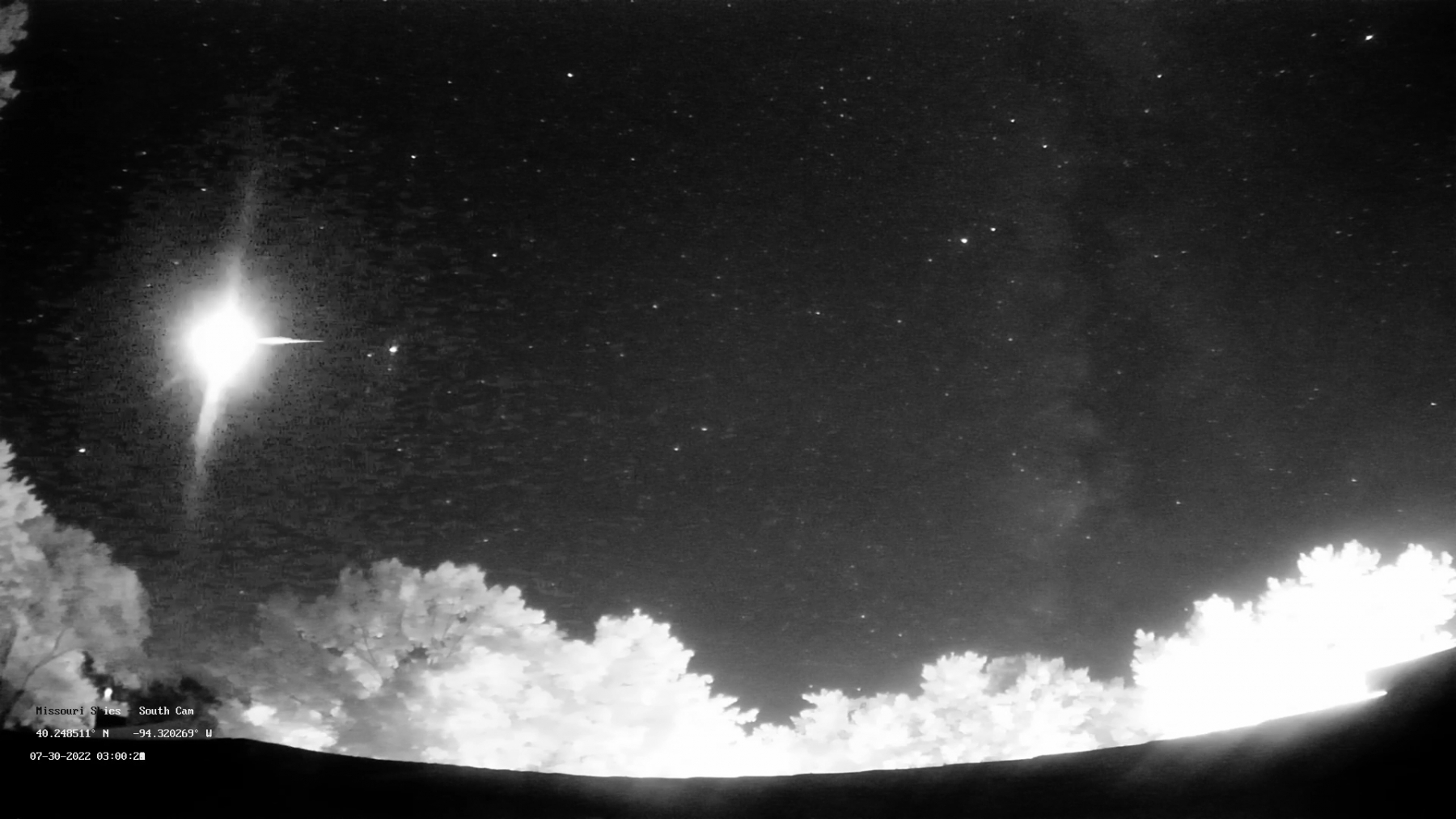
Daniel Bush captured this short fireball at 08:01 UT on July 30, 2022 (3:01 CDT), from Albany, Missouri, USA. The…
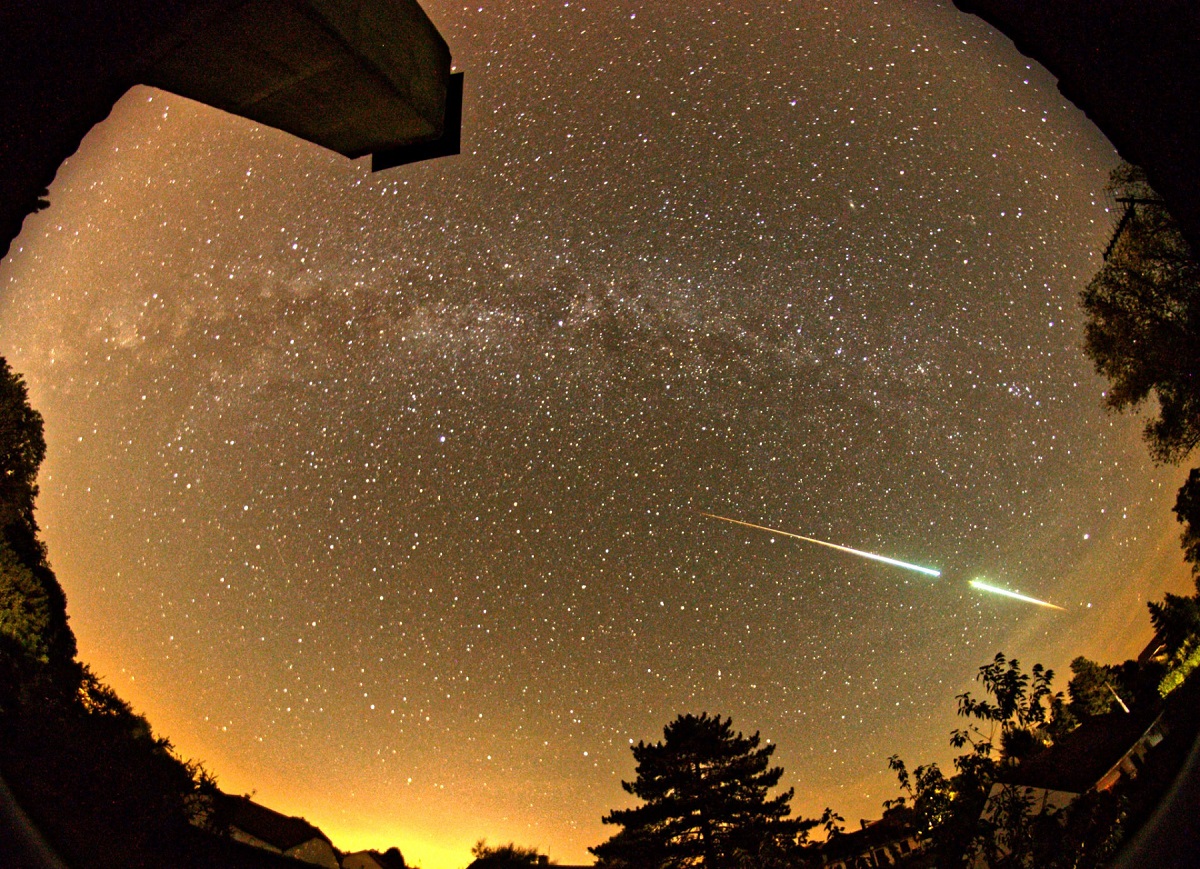
Nicolas Rossetto captured this colorful fireball at 00:20 UT on July 31, 2022 (2:20 CEST), from Saint-Thiébaud, Bourgogne-Franche-Comté, France. This…
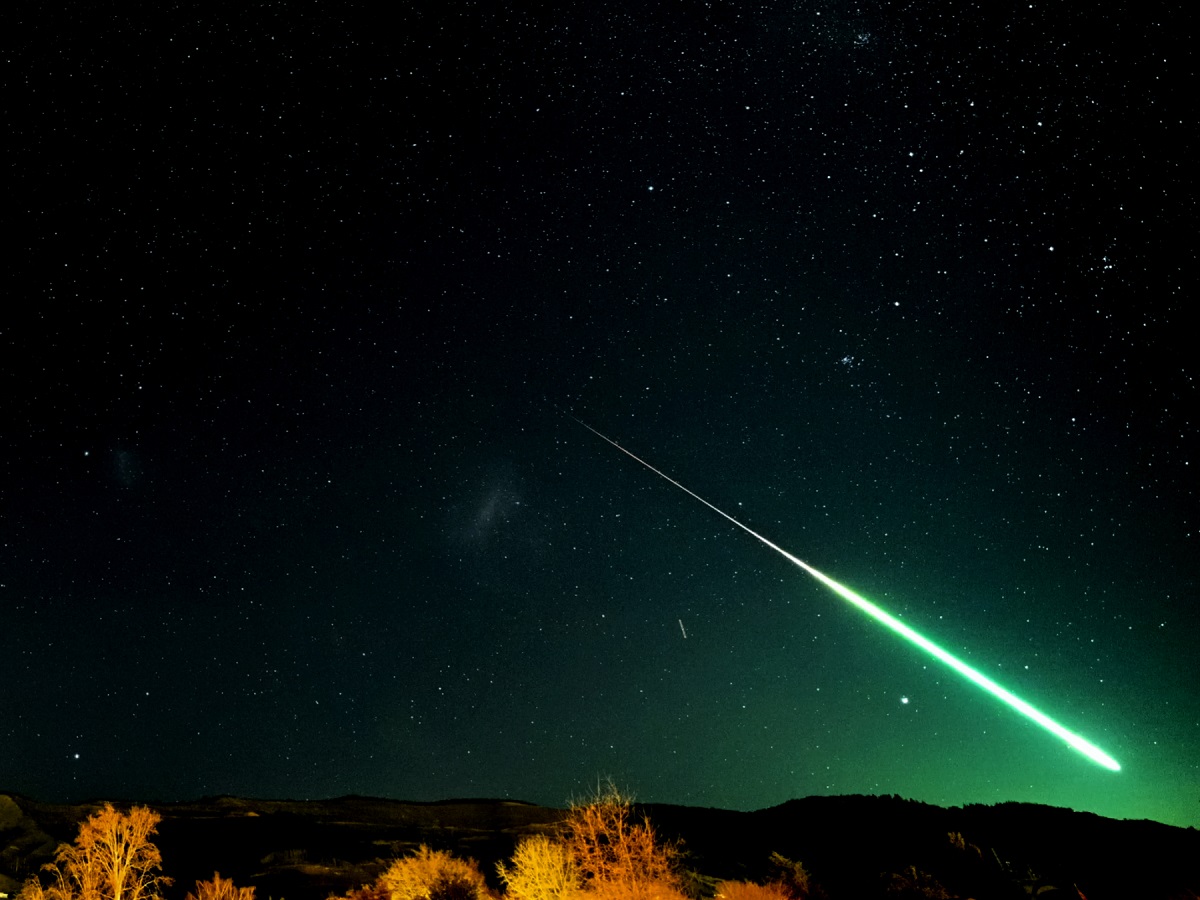
On July 21, 2022, Greg Price was photographing the night sky from Richmond, South Island, New Zealand, hoping to capture…
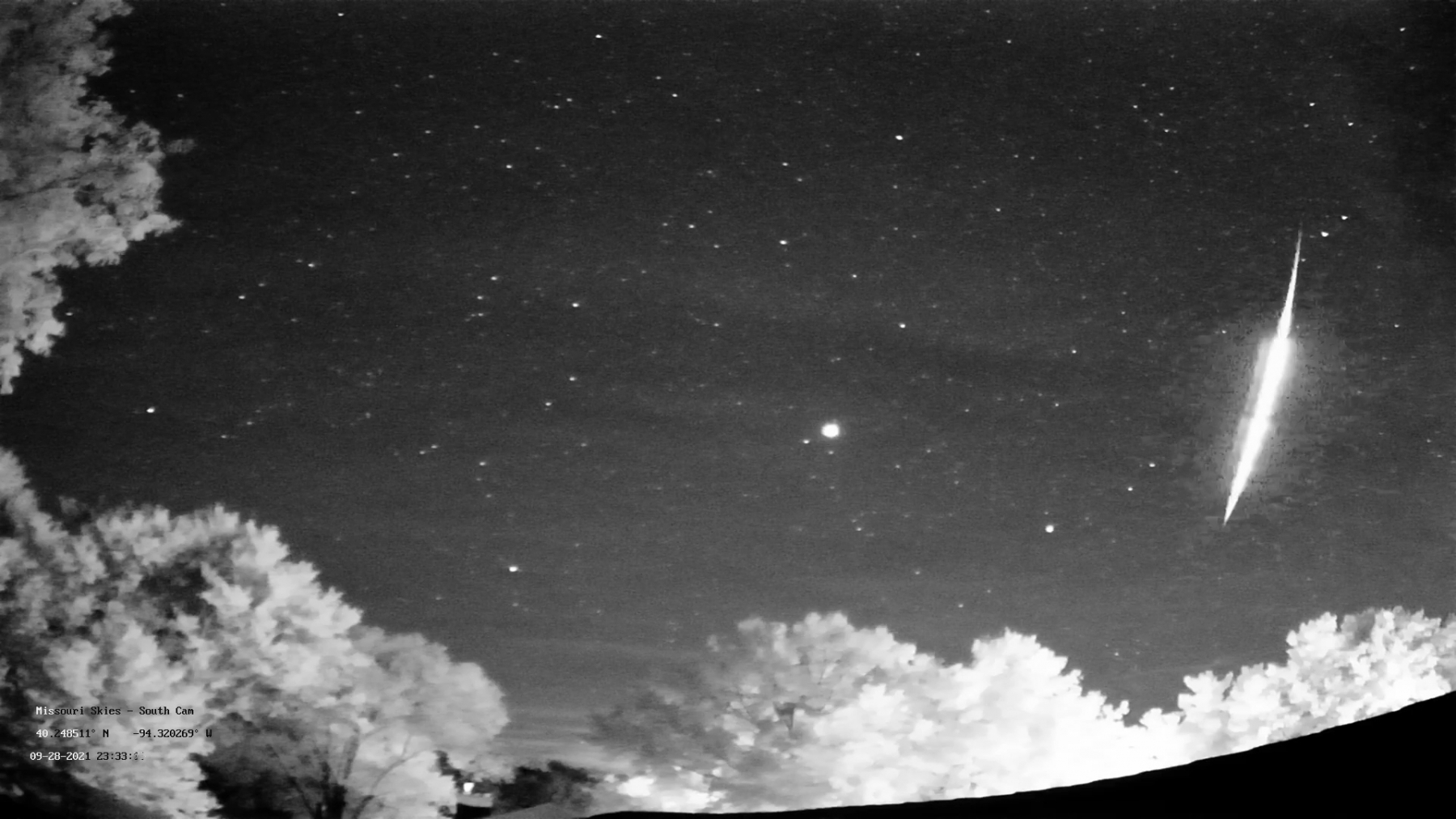
During this period, the moon reaches its last quarter phase on Sunday December 26th. At that time the moon lies 90 degrees west of the sun and rises near 23:00 local standard time (LST). As the week progresses the waning crescent moon will rise approximately 45 minutes later each night, allowing more of the morning hours to be free of interfering moonlight.

Christy Turner captured this bright meteor passing passing through a gorgeous star field at 23:10 MDT on 12 August 2021…
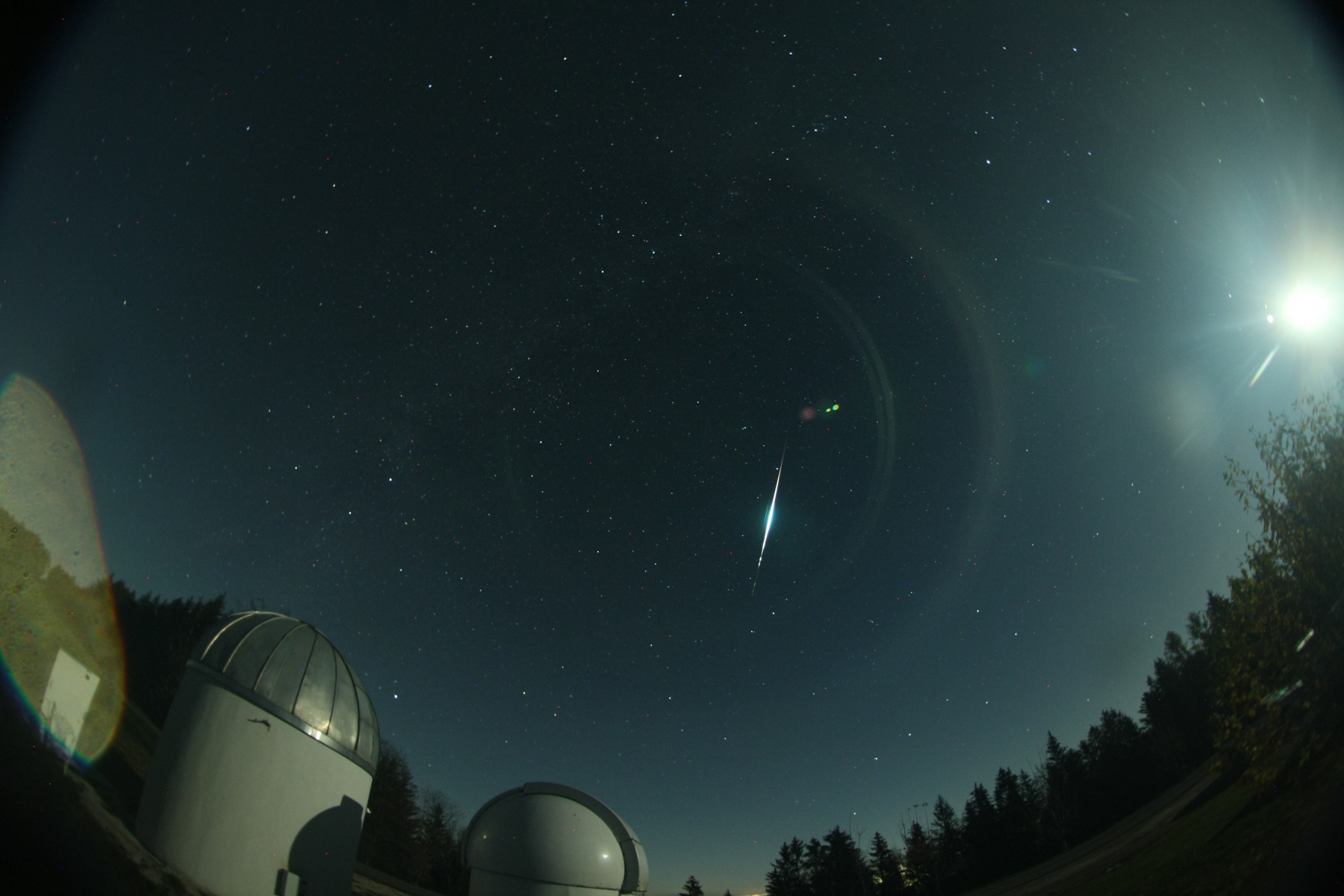
During this period, the moon reaches its full phase on Friday January 29th. At this time, the moon is located opposite the sun, thus it will rise as the sun sets and set as the sun rises. This weekend the waxing gibbous moon will set during the early morning hours, leaving a small period of time free from interfering moonlight.
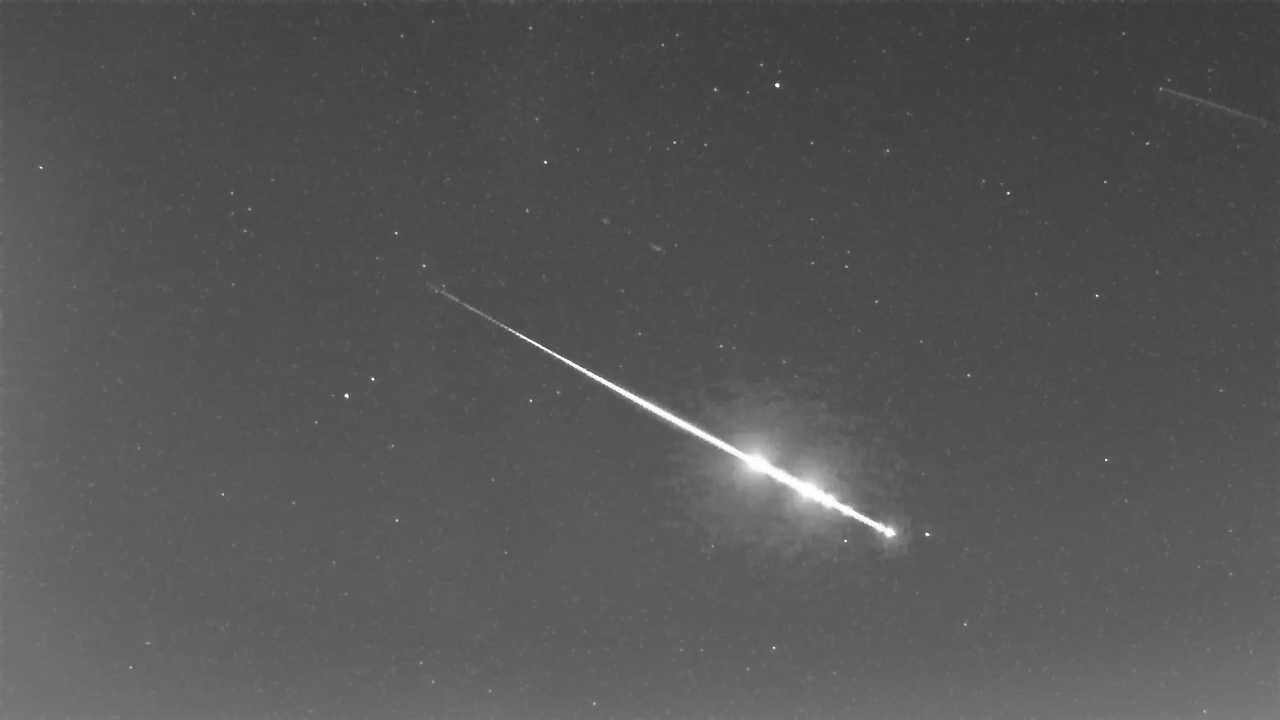
During this period, the moon reaches its first quarter phase on Thursday January 21st. At this time, the moon is located 90 degrees east of the sun in the sky and sets near 0100 local standard time. This weekend the waxing crescent moon will be present in the western sky after dusk but will soon set, leaving the remainder of the night free from interfering moonlight.
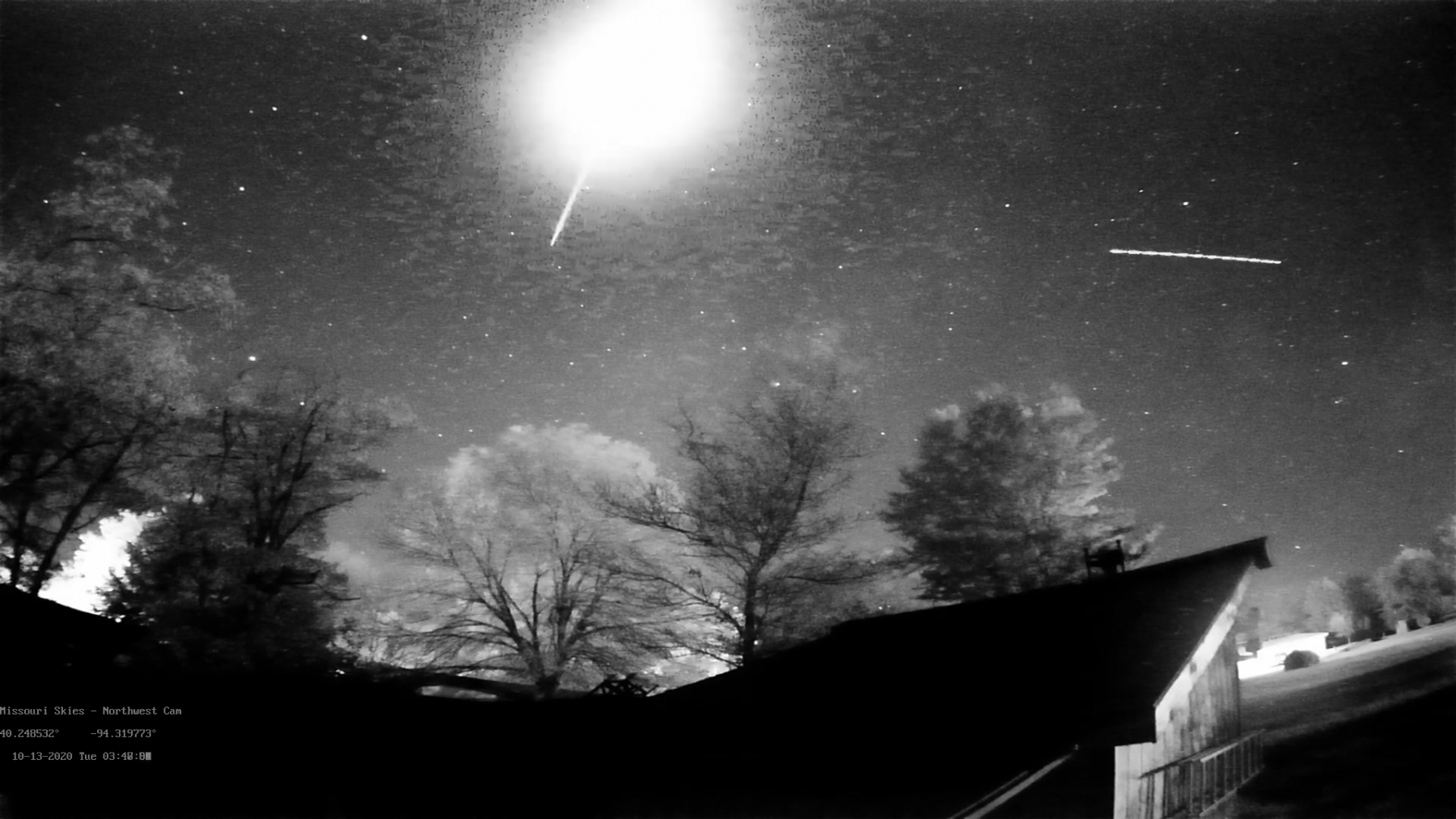
During this period, the moon reaches its new phase on Wednesday January 13th. At this time, the moon is located near the sun in the sky and is invisible at night. This weekend the waning crescent moon will rise during the early morning hours but will not interfere with viewing meteor activity as long as you keep it out of your field of view while observing.
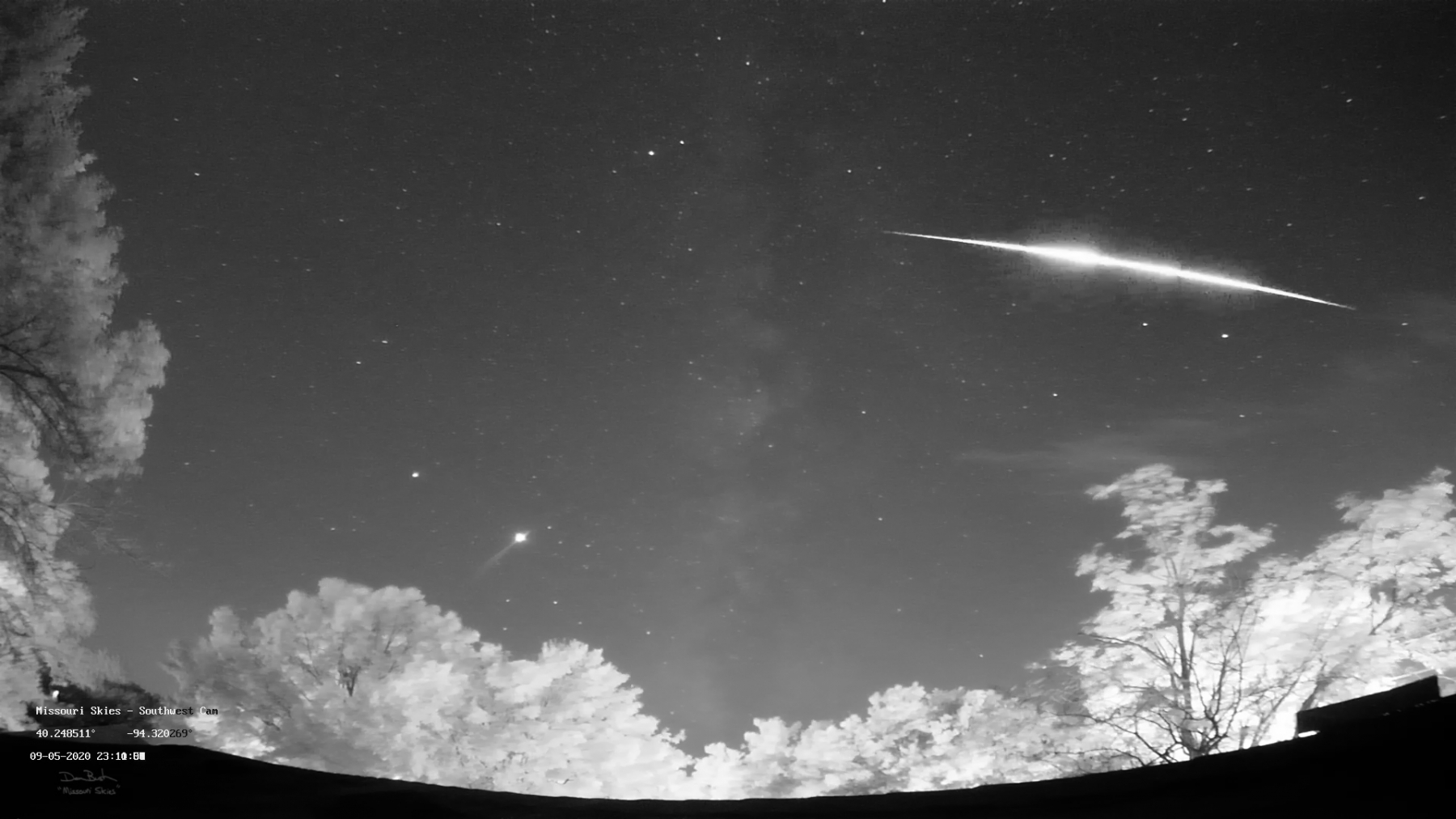
During this period, the moon reaches its last quarter phase on Wednesday January 6th. At this time, the moon is located 90 degrees west of the sun in the sky and will rise near midnight standard time. This weekend the waning gibbous moon will rise during the evening hours and will make it difficult to view any meteor activity the remainder of the night.
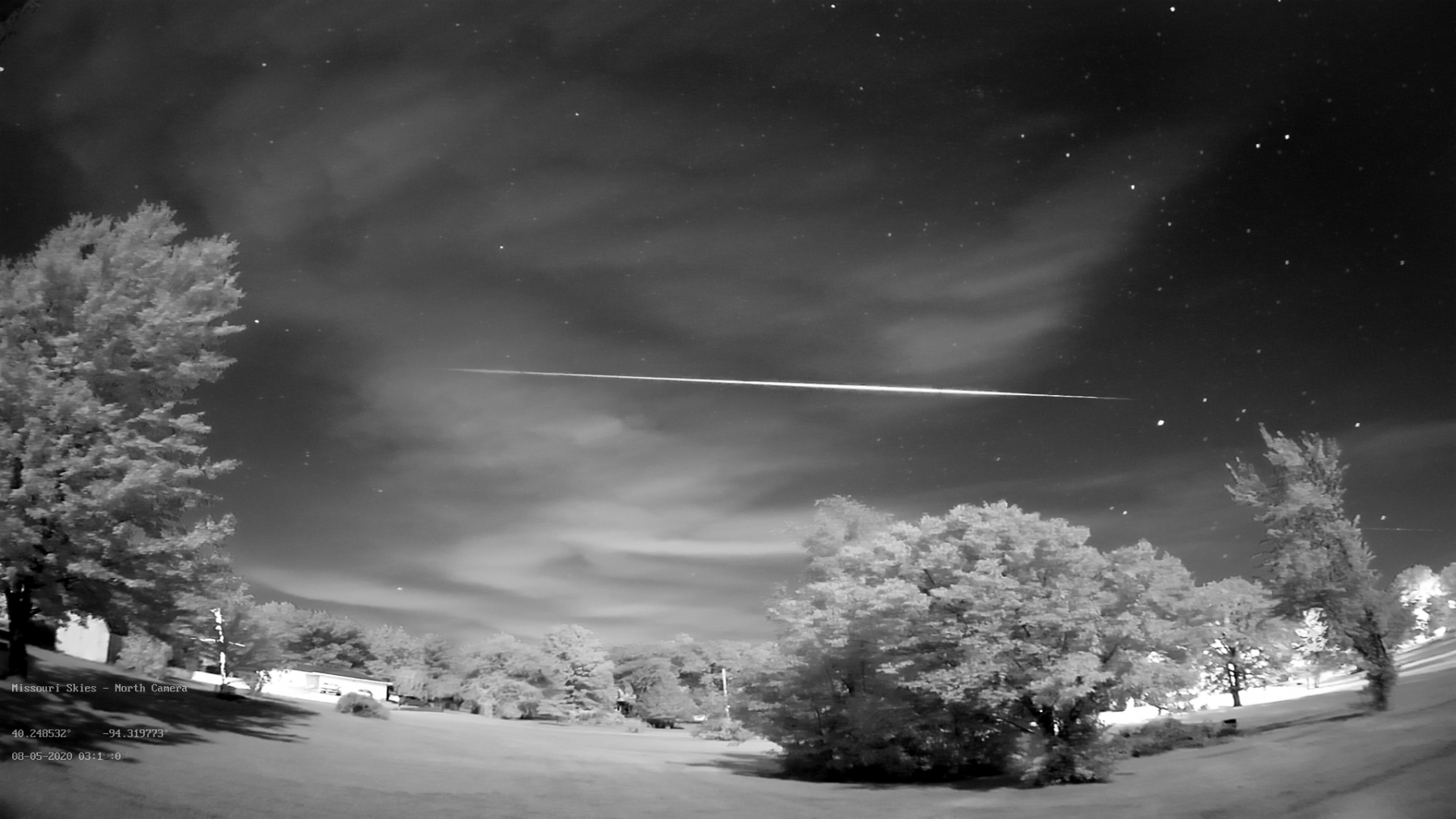
During this period, the moon reaches its new phase on Sunday November 15th. At this time, the moon is located near the sun and is invisible at night. As this period progresses, the waxing crescent moon will enter the evening sky but will not interfere with meteor observations, especially during the more active morning hours.

During this period the moon waxes from a half-illuminated phase to nearly full. This weekend the waxing gibbous moon will set during the early morning, allowing a few hours of viewing under dark skies.
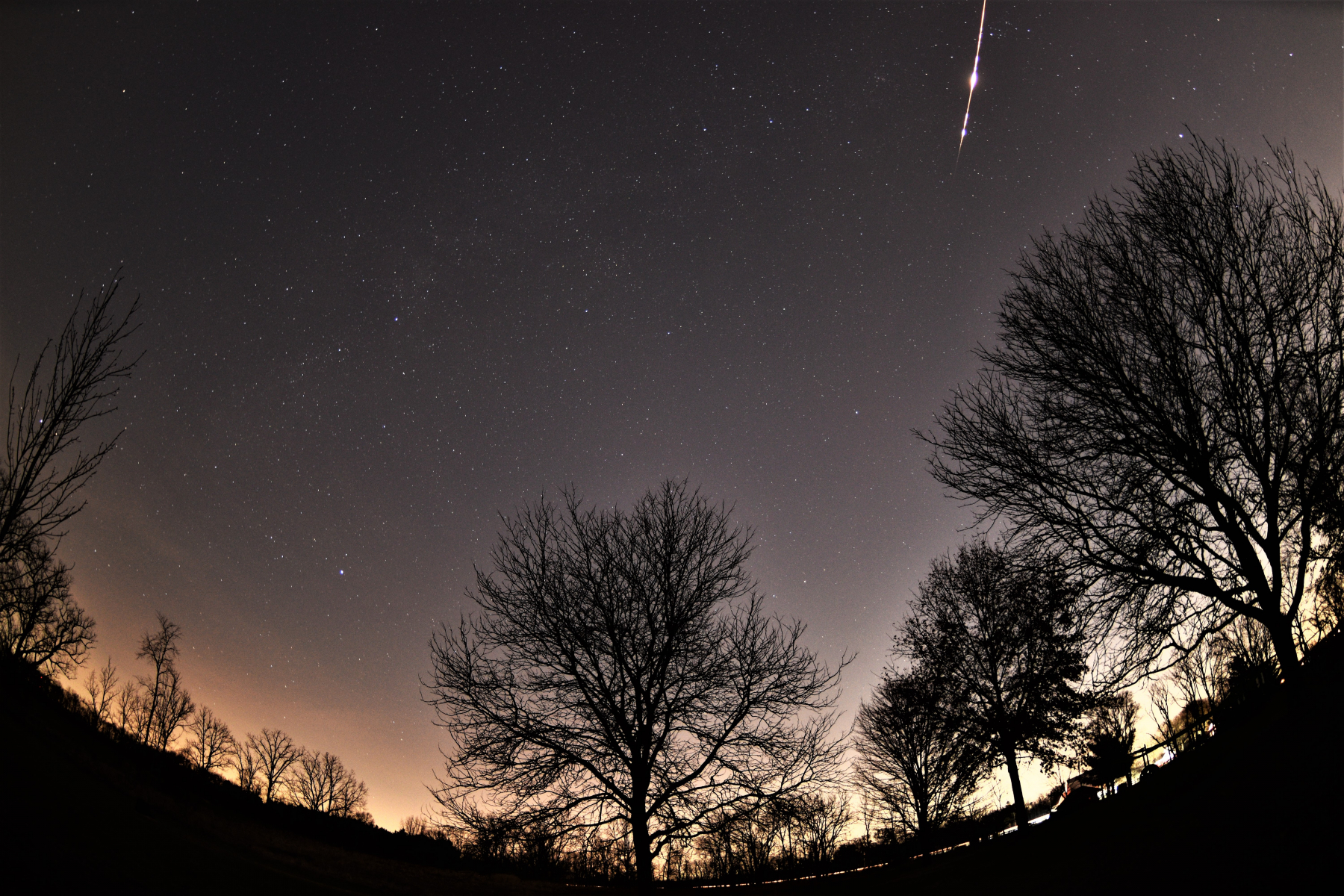
Samer Hariri captured this flaring fireball on December 23, 2019 at 18:58 EST from Northville, Michigan USA. ©Samer Hariri During…